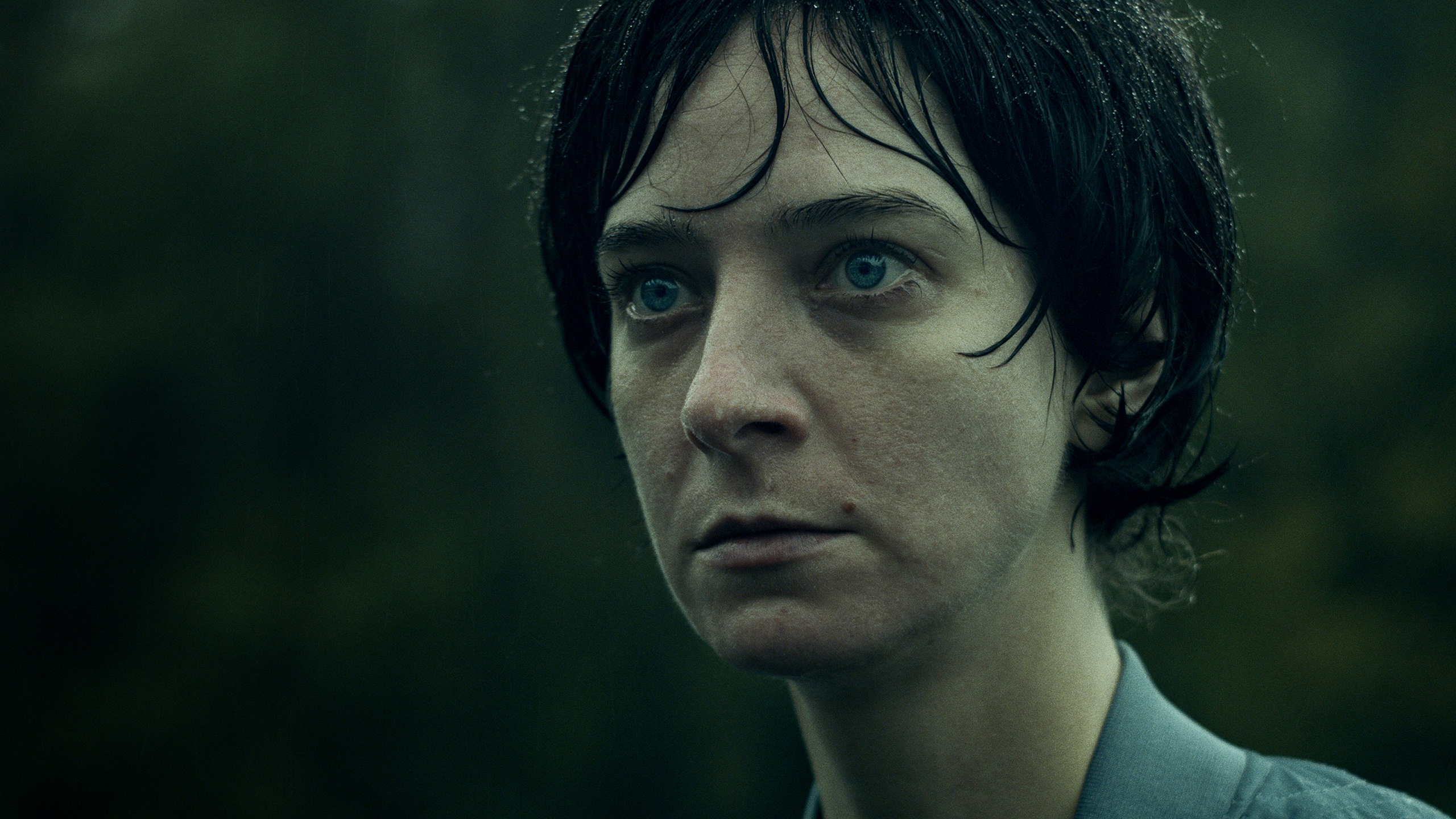Sundance Film Review: Violation
Film Reviews
Violation
Directors: Madeleine Sims-Fewer and Dusty Mancinelli
DM Films
Premiere: 01.31, 10:00 p.m.
Streaming on Shudder: 03.25
Content warning: This article address issues of sexual violence and assault. Please take that in advisement as you read and share it.
Sometimes seeing something on screen that feels disturbingly real provides film with its only means to articulate the gravity of its narrative situations. In Violation, Miriam (played by Co-writer and Co-director Madeleine Sims-Fewer), is raped in her sleep by her brother-in-law while out on a weekend getaway at the family cabin. Facing enraged disbelief from her sister, who’s never seen her husband as anything other than an angel, Miriam finds herself in a position of complete solitude and must undertake the search for justice and healing on her own time and terms.
Sims-Fewer uses her role to imbue Violation with an unnerving personalism, drawing viewers into her experiences throughout the film’s story. The moments preceding the assault, the event itself and the immediate fallout are portrayed with a delirious sense of subjectivity, an sense-blurring loss of control. Saturated in antinaturalistic lighting and delivered through obscuring, constantly shifting camera angles, the weight of Miriam’s trauma spreads out into a rush that takes feeling as its realist guide. Here, the viewer sits alongside Miriam, living through her anxiety-induced palpitations and the overwhelming sense of betrayal and disorientation.
Against these almost hallucinogenic recollections, there’s a chilliness with which Miriam enacts her revenge. From her calculated bait-and-switch of her assaulter to the (very, very vivid) scenes that detail her chopping up and burning the body with a cold, procedural detachment, Violation uncomplicates its presentation and lets these scenes—containing some of the most graphic violence I’ve seen on screen today—speak through their inherent audacity. Here, the confusion of the lake house scenes dries up into a stiffness that morphs the film’s frights into a horror of utter realism. Here, Miriam’s life-or-death motivation oozes off the screen, and we watch the grim detail with which she acts, reacts and reflects.
The ultimate power of Violation comes from its unique sequencing, with these the “before” and “after” narrative blocks alternating against each other throughout the film. Moments after we watch Miriam retaliate, we’re thrown back into another scene of the traumatic event unfolding. For every second of the film, we’re constantly living in the middle of Miriam’s racing brain, always reliving, reevaluating, reconvincing, even as the narrative proper reaches some form of finality.
In its depictions of violence and its emotional investigation of post-traumatic life, Violation lives at the far edge of film’s extremities. But never does it ask you to balk at its visual audacity for the sake of the images themselves; rather, the film uses its shocking content as a pathway toward realism. And such feels like the only way forward, as any attempt to doll this up would lose touch with the actual horror at the heart of the narrative, the urgent necessity to understand exactly what happened and why. –Audrey Lockie
